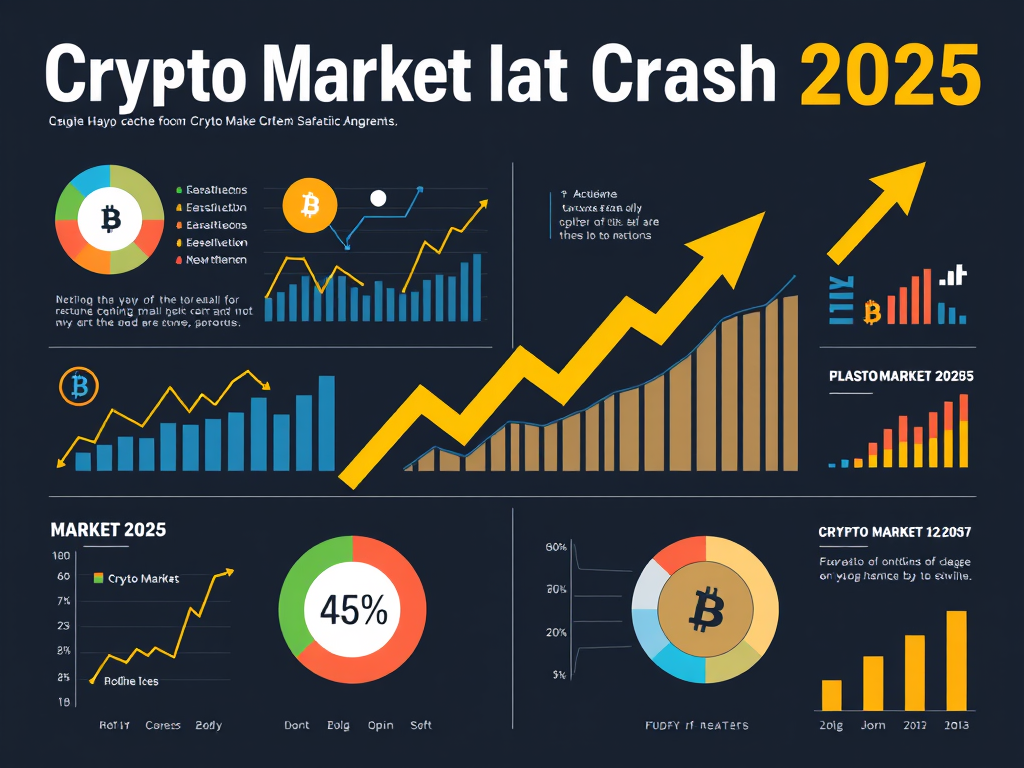Coin Coin Market Cap-Everything You Need to Know About Crypto Market Valuation: If you’re diving into the crypto world, understanding “Coin Coin Market Cap” is not just helpful—it’s essential. Whether you’re a beginner or already trading coins like a pro, market capitalization plays a major role in evaluating a cryptocurrency’s worth and potential. This guide walks you through everything you need to know about crypto market caps, why they matter, and how you can use this knowledge to make smarter investment decisions.,

Table of Contents
What Is Coin Coin Market Cap?
Let’s start with the basics.
“Coin Coin Market Cap” refers to the total market value of a cryptocurrency or a group of cryptocurrencies. It’s calculated by multiplying the current price of a single coin by its total circulating supply. Here’s the simple formula: Coin Coin Market Cap-Everything You Need to Know About Crypto Market Valuation
Market Cap = Current Price x Circulating Supply
So, if a coin is worth $100 and there are 1 million coins in circulation, the market cap would be:
$100 x 1,000,000 = $100 million
Pretty straightforward, right? But the implications are far-reaching.
Why Is Market Cap Important in Cryptocurrency?
Market cap is like the heartbeat of a cryptocurrency. It gives investors an idea of a coin’s size, stability, and risk level. Here’s why it matters:
- Value Indicator: A higher market cap usually means a coin is more established and stable.
- Comparative Tool: It helps you compare different coins beyond just the price tag.
- Risk Assessment: Low-cap coins are more volatile and risky, while high-cap coins are usually safer (but grow slower).

In short, the market cap paints a clearer picture than price alone.
The Three Types of Crypto Market Caps
To understand crypto investments, you should know how coins are categorized:
1. Large-Cap Cryptocurrencies
These are the heavyweights of the crypto world, with market caps over $10 billion. Think Bitcoin, Ethereum, and sometimes Binance Coin. They’re considered safer investments because they have:
- Higher liquidity
- Strong market reputation
- Institutional backing
But remember, big caps don’t always mean big returns. They grow slowly and steadily.
2. Mid-Cap Cryptocurrencies
Market caps ranging from $1 billion to $10 billion. These coins have growth potential but with a touch of risk. Examples include Polkadot (DOT), Chainlink (LINK), and Polygon (MATIC).
3. Small-Cap Cryptocurrencies
These coins have a market cap of less than $1 billion. They are high-risk, high-reward investments. Many investors look for hidden gems here, but beware—volatility is the name of the game.
How Coin Coin Market Cap Affects Investment Strategy
Your investment decisions shouldn’t just be about the price of a coin. Market cap plays a huge role in portfolio strategy:
- Large-Caps for Stability: Ideal for long-term holders and conservative investors.
- Mid-Caps for Balanced Growth: Great for those who want growth without extreme risk.
- Small-Caps for Speculation: Suitable for risk-takers chasing higher returns.
Knowing where your coin falls on this scale can help you diversify intelligently.

Coin Price vs. Coin Market Cap: What Really Matters?
Here’s a common mistake: thinking that a coin with a low price is a bargain.
Just because a coin is trading at $0.05 doesn’t mean it’s undervalued. Always check the market cap. A $0.05 coin with 1 billion coins in circulation has a market cap of $50 million—not so cheap after all.
The real value lies in the market cap, not the price per coin.
Where to Track Coin Coin Market Cap?
There are several reliable tools and platforms to track real-time crypto market caps:
These platforms offer live prices, historical data, and market cap rankings—essential tools for every crypto enthusiast.
Factors That Influence Market Cap
Understanding what moves the market cap helps you predict changes. Here are a few key factors:
1. Coin Supply and Circulation
Coins with a capped supply (like Bitcoin’s 21 million limit) tend to have higher value as demand increases.
2. Coin Price Volatility
As prices rise or fall, so does the market cap. Even a slight change in price can shake up rankings.
3. Investor Sentiment
News, regulations, social media buzz—all can cause investor behavior that boosts or crushes a coin’s value.
4. Technological Adoption
When more platforms adopt a coin or integrate its blockchain, demand rises, affecting both price and cap.
Market Cap vs. Fully Diluted Market Cap
Another term you’ll often see is “Fully Diluted Market Cap.”
This is the maximum possible market cap if all coins were in circulation. It’s calculated like this:
Fully Diluted Cap = Current Price x Max Total Supply
This gives a future-oriented view of a coin’s potential. Important for long-term investments.
Can Market Cap Be Manipulated?
Yes, especially in low-cap coins.
Whales (large holders) can pump a coin’s price and drive the market cap up, only to dump later, leaving small investors stuck. That’s why DYOR (Do Your Own Research) is critical. Don’t chase coins just because their market cap spiked overnight.
Limitations of Market Cap
While market cap is a handy tool, it’s not foolproof. Here are its limits:
- Ignores Liquidity: A high cap doesn’t guarantee ease of buying/selling.
- Doesn’t Reflect Usage: A coin could have a high cap but little real-world use.
- Market Manipulation: Pump-and-dump schemes can distort the real value.
Use market cap as one of many tools, not the only one.

Conclusion: Why Coin Coin Market Cap Should Matter to You
If you’re serious about crypto, understanding coin coin market cap is non-negotiable. It’s the key to comparing coins fairly, building a smart portfolio, and avoiding hype-driven traps.
- Don’t be fooled by low prices.
- Check the cap, check the supply, and understand the coin’s purpose.
- Use trusted tools like CoinMarketCap and CoinGecko.
- Mix large, mid, and small caps to balance risk and reward.
Whether you’re in it for long-term holding or short-term gains, the market cap is your crypto compass.
If you’re diving into the crypto world, understanding “Coin Coin Market Cap” is not just helpful—it’s essential. Whether you’re a beginner or already trading coins like a pro, market capitalization plays a major role in evaluating a cryptocurrency’s worth and potential. This guide walks you through everything you need to know about crypto market caps, why they matter, and how you can use this knowledge to make smarter investment decisions.
What Is Coin Coin Market Cap?
Let’s start with the basics.
“Coin Coin Market Cap” refers to the total market value of a cryptocurrency or a group of cryptocurrencies. It’s calculated by multiplying the current price of a single coin by its total circulating supply. Here’s the simple formula:
Market Cap = Current Price x Circulating Supply
So, if a coin is worth $100 and there are 1 million coins in circulation, the market cap would be:
$100 x 1,000,000 = $100 million
Pretty straightforward, right? But the implications are far-reaching.
Why Is Market Cap Important in Cryptocurrency?
Market cap is like the heartbeat of a cryptocurrency. It gives investors an idea of a coin’s size, stability, and risk level. Here’s why it matters:
- Value Indicator: A higher market cap usually means a coin is more established and stable.
- Comparative Tool: It helps you compare different coins beyond just the price tag.
- Risk Assessment: Low-cap coins are more volatile and risky, while high-cap coins are usually safer (but grow slower).
In short, the market cap paints a clearer picture than price alone.
The Three Types of Crypto Market Caps
To understand crypto investments, you should know how coins are categorized:
1. Large-Cap Cryptocurrencies
These are the heavyweights of the crypto world, with market caps over $10 billion. Think Bitcoin, Ethereum, and sometimes Binance Coin. They’re considered safer investments because they have:
- Higher liquidity
- Strong market reputation
- Institutional backing
But remember, big caps don’t always mean big returns. They grow slowly and steadily.
2. Mid-Cap Cryptocurrencies
Market caps ranging from $1 billion to $10 billion. These coins have growth potential but with a touch of risk. Examples include Polkadot (DOT), Chainlink (LINK), and Polygon (MATIC).
3. Small-Cap Cryptocurrencies
These coins have a market cap of less than $1 billion. They are high-risk, high-reward investments. Many investors look for hidden gems here, but beware—volatility is the name of the game.
How Coin Coin Market Cap Affects Investment Strategy
Your investment decisions shouldn’t just be about the price of a coin. Market cap plays a huge role in portfolio strategy:
- Large-Caps for Stability: Ideal for long-term holders and conservative investors.
- Mid-Caps for Balanced Growth: Great for those who want growth without extreme risk.
- Small-Caps for Speculation: Suitable for risk-takers chasing higher returns.
Knowing where your coin falls on this scale can help you diversify intelligently.
Coin Price vs. Coin Market Cap: What Really Matters?
Here’s a common mistake: thinking that a coin with a low price is a bargain.
Just because a coin is trading at $0.05 doesn’t mean it’s undervalued. Always check the market cap. A $0.05 coin with 1 billion coins in circulation has a market cap of $50 million—not so cheap after all.
The real value lies in the market cap, not the price per coin.
Where to Track Coin Coin Market Cap?
There are several reliable tools and platforms to track real-time crypto market caps:
These platforms offer live prices, historical data, and market cap rankings—essential tools for every crypto enthusiast.
Factors That Influence Market Cap
Understanding what moves the market cap helps you predict changes. Here are a few key factors:
1. Coin Supply and Circulation
Coins with a capped supply (like Bitcoin’s 21 million limit) tend to have higher value as demand increases.
2. Coin Price Volatility
As prices rise or fall, so does the market cap. Even a slight change in price can shake up rankings.
3. Investor Sentiment
News, regulations, social media buzz—all can cause investor behavior that boosts or crushes a coin’s value.
4. Technological Adoption
When more platforms adopt a coin or integrate its blockchain, demand rises, affecting both price and cap.
Market Cap vs. Fully Diluted Market Cap
Another term you’ll often see is “Fully Diluted Market Cap.”
This is the maximum possible market cap if all coins were in circulation. It’s calculated like this:
Fully Diluted Cap = Current Price x Max Total Supply
This gives a future-oriented view of a coin’s potential. Important for long-term investments.
Can Market Cap Be Manipulated?
Yes, especially in low-cap coins.
Whales (large holders) can pump a coin’s price and drive the market cap up, only to dump later, leaving small investors stuck. That’s why DYOR (Do Your Own Research) is critical. Don’t chase coins just because their market cap spiked overnight.
Limitations of Market Cap
While market cap is a handy tool, it’s not foolproof. Here are its limits:
- Ignores Liquidity: A high cap doesn’t guarantee ease of buying/selling.
- Doesn’t Reflect Usage: A coin could have a high cap but little real-world use.
- Market Manipulation: Pump-and-dump schemes can distort the real value.
Use market cap as one of many tools, not the only one.
Conclusion: Why Coin Coin Market Cap Should Matter to You
If you’re serious about crypto, understanding coin coin market cap is non-negotiable. It’s the key to comparing coins fairly, building a smart portfolio, and avoiding hype-driven traps.
- Don’t be fooled by low prices.
- Check the cap, check the supply, and understand the coin’s purpose.
- Use trusted tools like CoinMarketCap and CoinGecko.
- Mix large, mid, and small caps to balance risk and reward.
Whether you’re in it for long-term holding or short-term gains, the market cap is your crypto compass.









